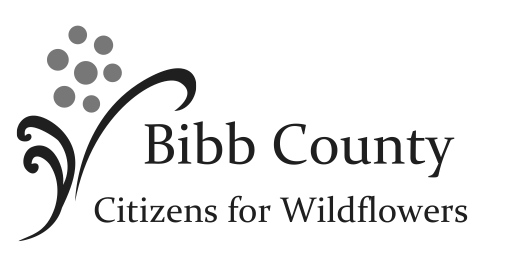Central Alabama's landscape flashes colorful wildflowers throughout the growing season, creating a stunning natural display that enhances the region's biodiversity. From rolling hills to prairie-like areas, these native beauties paint the countryside with their varied hues and forms.
The state's official wildflower, the Oak-leaf Hydrangea, showcases stunning clusters of white flowers and bold leaves resembling those of oak trees, blooming from late spring into summer . This native shrub perfectly represents the rich botanical heritage of central Alabama.
In the unique Ketona Dolomite Glades of Bibb County, where the Valley and Ridge sections converge with the East Gulf Coastal Plain, several remarkable endemic species flourish. The Cahaba Indian paintbrush, Cahaba prairie-clover, and Cahaba torch make their home exclusively in these special habitats, thriving in soils rich in magnesium and calcium .

Indian Paintbrush
The region boasts an impressive variety of colorful wildflowers. The Purple Coneflower, a striking perennial, produces daisy-like purple blooms with cone-shaped brown centers from June through October, attracting numerous pollinators . The Black-eyed Susan adds cheerful splashes of yellow to the landscape, featuring vibrant petals surrounding dark brown centers, while proving particularly attractive to bees and butterflies .
The Cahaba Lily, one of central Alabama's most cherished wildflowers, creates spectacular displays in rocky streams and rivers. These elegant white flowers with their distinctive spider-like form have become symbolic of the region's unique natural heritage .
In woodland areas, visitors might encounter the delicate Rue-Anemone, while open areas showcase the vibrant Butterfly Weed, which serves as a crucial host plant for monarch butterflies . The dramatic Cardinal Flower produces brilliant red tubular blooms that attract hummingbirds, adding vertical interest to moist areas of the landscape .
The region's plant diversity is largely attributed to its varied geological formations and soil types. Central Alabama's convergence of several major physiographic provinces creates numerous microhabitats, each supporting distinct wildflower communities . The Black Belt region, known for its characteristic rich, dark soil, supports species like the rare Alabama croton and prairie false foxglove .
Some areas feature carnivorous plants, including various pitcher plant species, which have evolved modified leaves forming tubes containing enzyme-laden juices for digesting insects. Species like the yellow pitcher plant and white-top pitcher plant create fascinating displays in bog environments .
However, this rich botanical heritage faces challenges from invasive species. While kudzu might be the most notorious, Japanese honeysuckle and Chinese privet actually cover more acreage and pose greater threats to native wildflower populations . These invasive species compete with native wildflowers for resources and can ultimately displace them from their natural habitats.

Conservation efforts are particularly crucial for several endangered species found in central Alabama. The Alabama leather flower and green pitcher plant are among the federally listed threatened or endangered species requiring special protection . Their preservation is vital for maintaining the region's biodiversity and ecological balance.
For wildflower enthusiasts and nature lovers, central Alabama offers year-round opportunities to observe these botanical treasures. Spring brings early bloomers like trilliums and may-apples, while summer showcases the peak of flowering activity with species like the orange coneflower and rose-pink. Even into fall, goldenrods and asters continue the colorful display .
These wildflowers do more than simply beautify the landscape - they play crucial roles in supporting local ecosystems. They provide food and shelter for countless pollinators, including bees, butterflies, and hummingbirds, while also helping to prevent soil erosion and maintain healthy soil systems.
The rich tapestry of wildflowers in central Alabama serves as a living testament to the region's incredible botanical diversity. From rare endemic species to common roadside beauties, these plants contribute to the area's natural heritage and deserve our attention and protection for future generations to enjoy.
